
Detailed uses of 904L stainless steel
1. Industrial field Oil and gas industry: 904L stainless steel is widely used in the process of oil and gas extraction, transportation and processing, such as m
1. Industrial field
Oil and gas industry:
904L stainless steel is widely used in the process of oil and gas extraction, transportation and processing, such as manufacturing pipelines, valves, storage tanks and pipeline accessories. These equipment need to be used for a long time in harsh acidic environments, and 904L stainless steel can effectively resist various chemical corrosions to ensure the long-term stable operation of the equipment.
Chemical industry:
In the chemical industry, 904L stainless steel is used to manufacture various containers, reactors, pipelines and other equipment. It can withstand the erosion of strong acids and alkalis such as sulfuric acid, hydrochloric acid and chloride, and is an ideal choice for chemical equipment, pipelines, storage tanks and other components.
Pharmaceutical industry:
904L stainless steel is also widely used in the pharmaceutical industry for the manufacture of pharmaceutical equipment, containers, pipelines, etc. Its excellent corrosion resistance and cleanliness can ensure the purity and quality of drugs and meet the strict standards of the pharmaceutical industry.
Food industry:
904L stainless steel is used in the food industry to manufacture food processing equipment, containers and pipelines. Its excellent food safety performance and easy cleaning characteristics can ensure the hygienic safety of food and meet various food hygiene standards.
2. Marine Engineering
904L stainless steel also performs well in the field of marine engineering and is used to manufacture seawater treatment equipment, offshore platforms, submarine pipelines, etc. Its good seawater corrosion resistance can ensure the long-term stable operation of equipment in the marine environment.
3. Environmental Protection Industry
In the environmental protection industry, 904L stainless steel is used for equipment and pipelines that handle various toxic and hazardous substances, such as wastewater treatment, garbage incineration, and medical waste treatment. Its excellent corrosion resistance can ensure the stable operation of equipment in harsh environments.
4. Power Industry
904L stainless steel is also used in the power industry, such as manufacturing high-temperature, high-pressure and corrosion-resistant boilers, steam turbines, and generator sets. Its high temperature stability and corrosion resistance can meet the strict requirements of power equipment.
5. Other fields
904L stainless steel is also widely used in medical equipment, building structures, decorative materials, doors and windows, etc. In medical equipment, its excellent corrosion resistance and biocompatibility make it an ideal choice for surgical instruments, implants, and medical instrument and equipment components. In the construction field, it is also highly favored for its beauty, durability and environmental protection.
stainless steel processing
The manufacture of stainless steel involves a series of processes. First, the steel is melted, and then it is cast into solid form. After various forming steps, the steel is heat treated and then cleaned and polished to give it the desired finish. Next, it is packaged and sent to manufacturers, who weld and join the steel to produce the desired shapes.
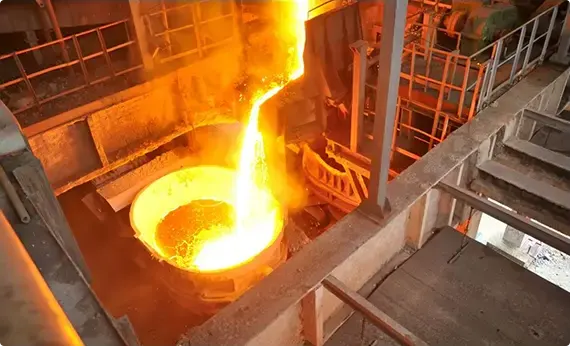
Melting and Casting
The raw materials that constitute a stainless steel item are placed together and melted in a giant electric furnace. Intense heat is applied rigorously for a period of 8 to 12 hours during this step. Once the melting is complete, the molten steel is cast into desired semi-finished forms. Some of the most common forms or shapes include slabs, blooms (rectangular shapes), billets (these could either be round or square), rods, and tube rounds.

Forming
In the second stage, the semi-finished steel shapes undergo a series of forming operations. For instance, the stainless steel is hot rolled (heated and passed through enormous rolls). The blooms and billets mentioned above are converted to bar and wire. The slabs on the other hand are formed into plates, strips or sheets. It is very common to turn semi-finished steel shapes into bars, as it is the most versatile stainless steel form (it comes in all grades and sizes). You have round, square, octagonal, and hexagonal bars, each suitable for a different type of application.
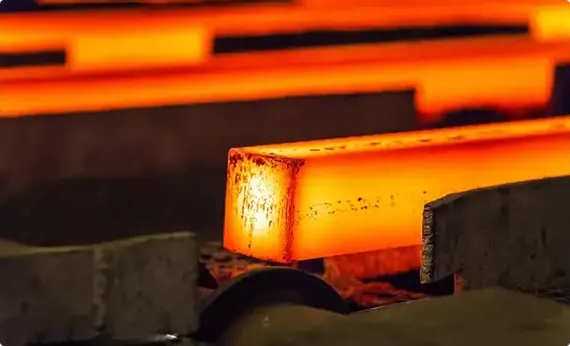
Heat Treatment
The various stainless steel forms undergo a thorough annealing process during this step. Annealing is another name for heat treatment where the stainless steel is heated and cooled in a controlled environment. The purpose of this heat treatment is to relieve the pent-up stress inside the stainless steel and soften the material to make it more suitable for a wide variety of applications. The people in charge of carrying out the annealing process have to be very careful about the conditions as even the slightest of changes in the temperature, pressure, duration, or cooling rate could result in a faulty product.
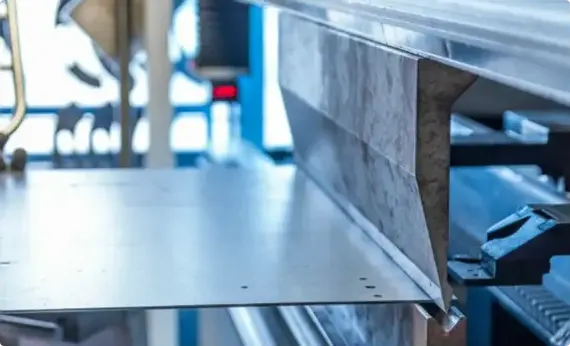
Descaling
During the annealing process, a certain amount of scale appears on the surface of the stainless steel. This scale can be removed using a number of different processes that are collectively known as descaling. Pickling is one of the more common methods of carrying out the descaling process.
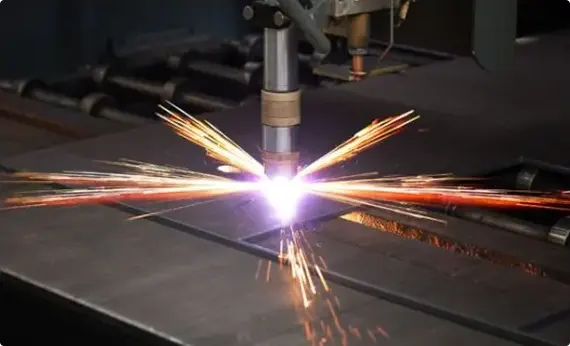
Cutting
The semi-finished, heat-treated, and descaled stainless steel forms are cut into specific shapes in this step. Mechanical cutting is performed with the aid of guillotine knives, blanking, nibbling, and high-speed blades.
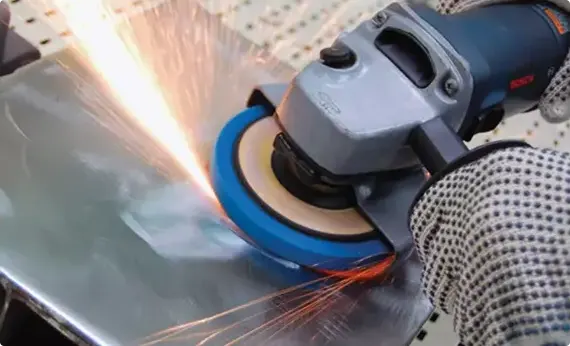
Finishing
Finishing is applied to help the stainless steel product achieve its signature aesthetically appealing appearance. Finishes are also needed to make the stainless steel product smooth and easier to clean, which is a top requirement in sanitary applications.
